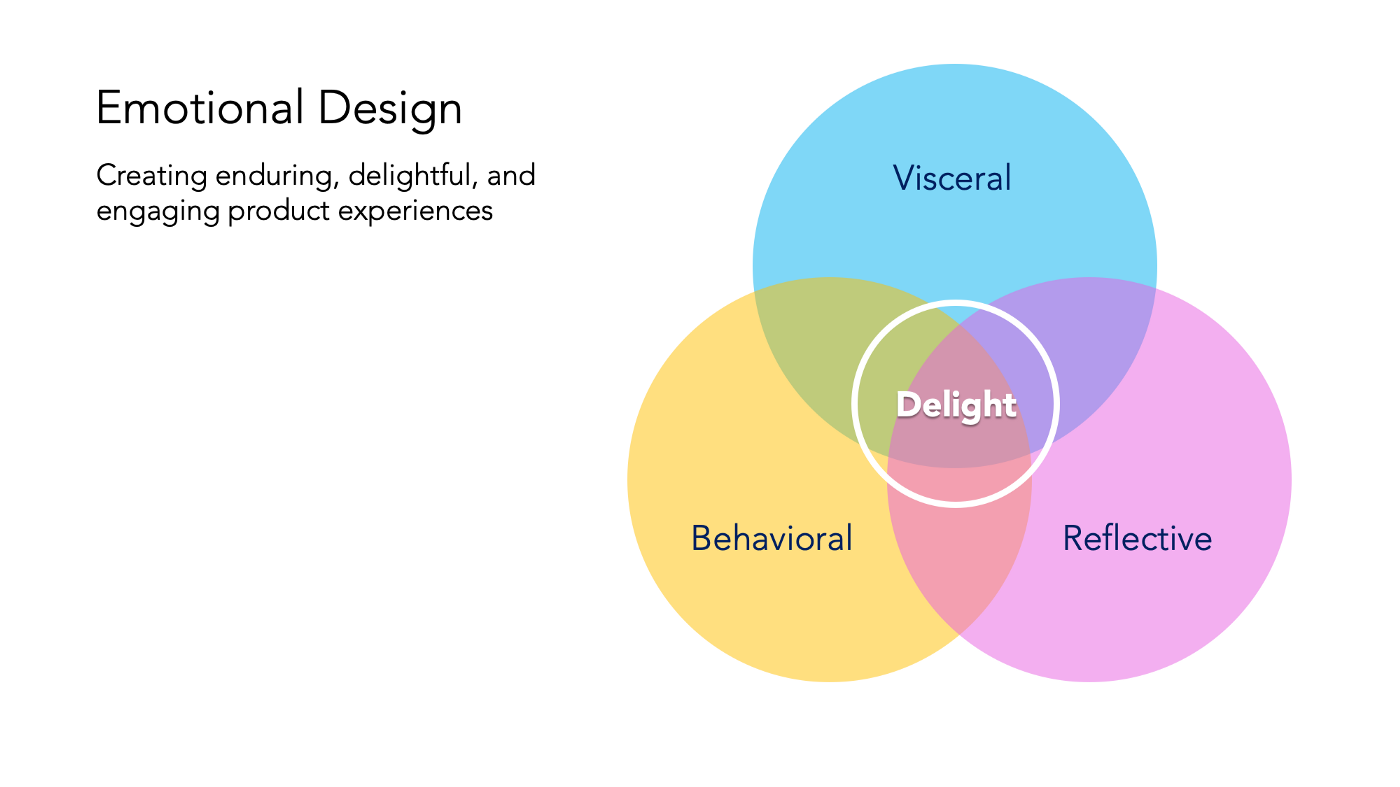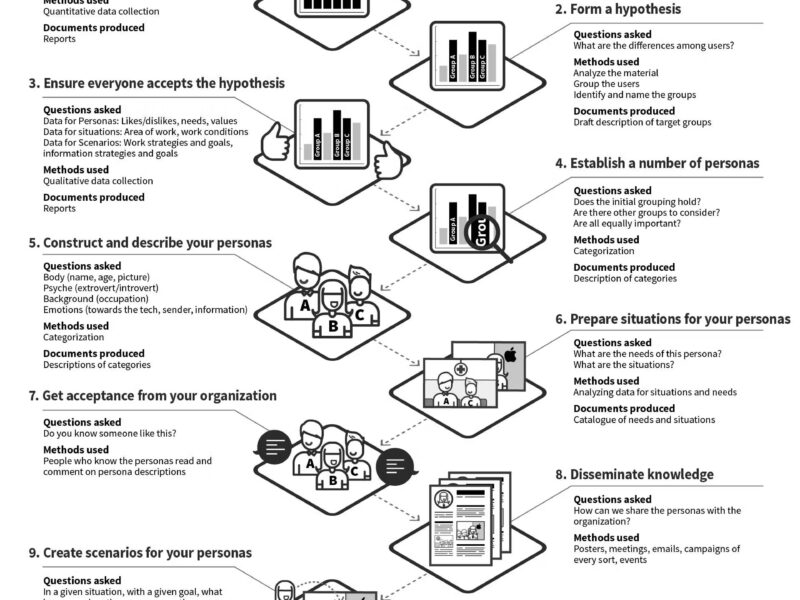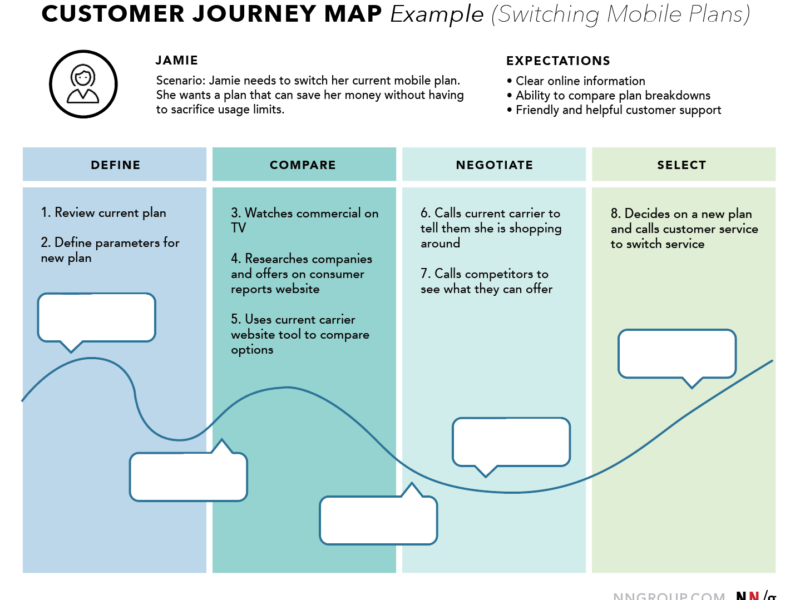Emotional Design in UX (User Experience) represents a transformative approach to creating products and services that resonate deeply with users.
By crafting experiences that evoke specific emotional responses, designers can foster a sense of connection, satisfaction, and delight that extends beyond mere functionality.
This post delves into the principles, techniques, and benefits of Emotional Design, offering insights into how it can be a game-changer in today’s competitive digital landscape.
The Essence of Emotional Design
At its core, Emotional Design focuses on the interplay between a product’s appearance, functionality, usability, accessibility, and its ability to engage users on an emotional level.
Don Norman, author of Emotional Design: Why We Love (or Hate) Everyday Things, emphasizes that emotions significantly influence our interactions with products. Positive emotions, in particular, enhance user satisfaction and loyalty, while negative emotions can deter engagement.
The Three Levels of Emotional Design
Norman’s framework categorizes Emotional Design into three levels:
- Visceral Design: This pertains to a product’s aesthetics, including colors, shapes, and textures that trigger immediate reactions. For instance, sleek interfaces with harmonious color palettes can create a sense of trust and sophistication.
- Behavioral Design: This level emphasizes usability and functionality. A seamless, intuitive experience fosters feelings of accomplishment and satisfaction. Consider how smooth transitions or well-placed call-to-action buttons simplify tasks and delight users.
- Reflective Design: Here, the focus shifts to the user’s self-perception and the broader narrative they associate with the product. A fitness app that celebrates milestones fosters a sense of pride and motivation, turning usage into a reflection of personal growth.
Techniques for Implementing Emotional Design
To create emotionally engaging products, designers can employ several techniques:
1. Harnessing the Power of Color
Colors evoke distinct emotional responses, making them a critical tool in Emotional Design. For example:
- Blue: Evokes calmness, trust, and professionalism (used by brands like LinkedIn and Facebook).
- Red: Conveys excitement, urgency, or passion (as seen in Coca-Cola and Netflix).
- Green: Represents harmony and growth, often associated with sustainability (popular with companies like Spotify).
Pro Tip: Use color psychology strategically to align with brand identity and desired user emotions.
2. Shape and Form Influence
Shapes play a crucial role in shaping user perception:
- Curved shapes: Induce feelings of comfort and warmth.
- Sharp edges: Convey energy, boldness, and sometimes caution.
By blending shapes effectively, designers can craft interfaces that communicate trust or excitement, depending on the context.
3. Delight Through Micro-Interactions
Subtle animations, hover effects, or progress indicators can surprise and delight users. These micro-interactions, though small, have a profound impact on emotional engagement. A loading animation that’s playful rather than static can make waiting less frustrating.
4. Personalization for Deeper Connections
When a product tailors itself to a user’s preferences or behaviors, it creates a sense of care and relevance. Spotify’s “Discover Weekly” playlist or Amazon’s recommendations demonstrate the emotional impact of personalization.
5. Incorporating Elements of Surprise
Unexpected features or easter eggs can turn mundane interactions into memorable experiences. Google’s playful Doodles or Mailchimp’s cheerful success messages are prime examples.
Emotional Design and Accessibility
Inclusive design is a cornerstone of Emotional Design. Products that cater to diverse needs ensure all users feel valued and respected. For example, designing interfaces with high contrast for visually impaired users or providing text-to-speech functionality demonstrates empathy, enhancing emotional connections.
Case Studies in Emotional Design
1. Airbnb: Trust Through Design
Airbnb’s platform exemplifies Emotional Design by prioritizing trust. The use of warm imagery, clear communication, and user reviews fosters a sense of safety and belonging, critical for a peer-to-peer marketplace.
2. Apple: Simplicity and Elegance
Apple’s product designs consistently evoke admiration and desire. Through minimalism, intuitive interfaces, and aesthetic appeal, Apple products create a visceral and reflective connection with users.
3. Duolingo: Gamified Learning
Duolingo’s gamified approach to language learning leverages Emotional Design by incorporating streak rewards, playful animations, and encouraging messages. This keeps users motivated and engaged.
Benefits of Emotional Design in UX
- Enhanced User Satisfaction: Positive emotional responses lead to higher satisfaction levels, reducing churn rates.
- Increased Engagement: Engaging users emotionally encourages repeated interactions and loyalty.
- Stronger Brand Affinity: A product that resonates emotionally strengthens its association with the brand, creating lifelong advocates.
- Competitive Differentiation: Emotional connections can set a product apart in crowded markets.
Challenges in Emotional Design
While the potential benefits are significant, Emotional Design comes with challenges:
- Cultural Sensitivity: Colors, symbols, and design elements can carry different meanings across cultures.
- Overuse of Features: Excessive animations or surprise elements can overwhelm users if not balanced.
- Measuring Emotional Impact: Quantifying emotions is inherently subjective and requires innovative research methodologies.
Resources for Further Exploration
- Don Norman’s Book: Emotional Design
- The Nielsen Norman Group: Emotional Design Principles
- Interaction Design Foundation: Emotional Design in UX
- Justin Baker’s Post: The Art of Emotion
Final Thoughts
Emotional Design in UX transcends the traditional focus on usability and functionality.
By addressing visceral, behavioral, and reflective aspects, designers can create products that not only meet user needs but also enrich their lives.
In a world where technology often feels impersonal, Emotional Design bridges the gap, turning digital interactions into meaningful human experiences.
Embrace Emotional Design in your next project and witness the transformative power it holds in fostering connections, loyalty, and satisfaction.


